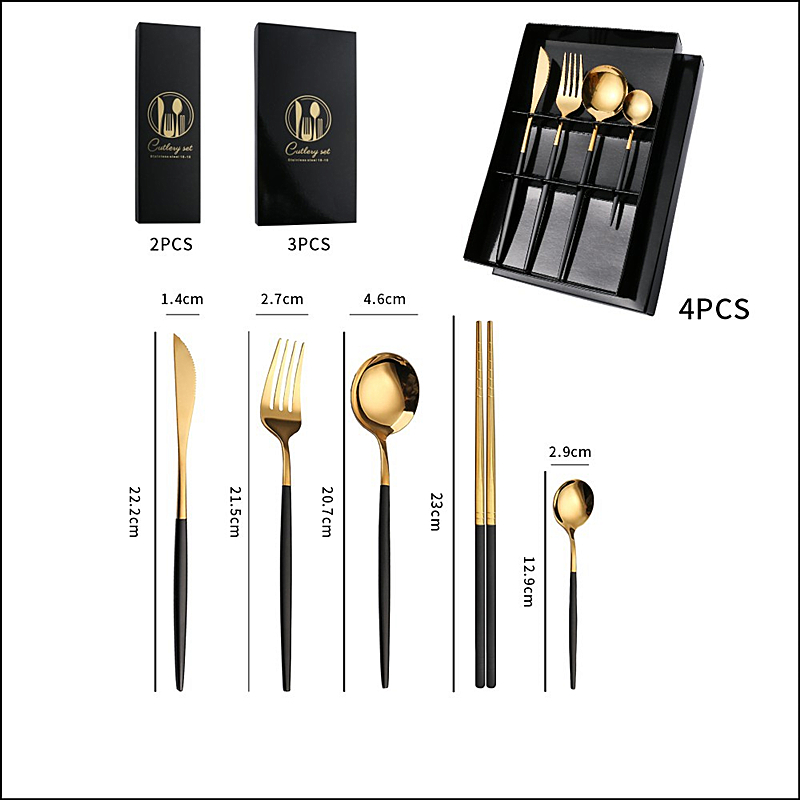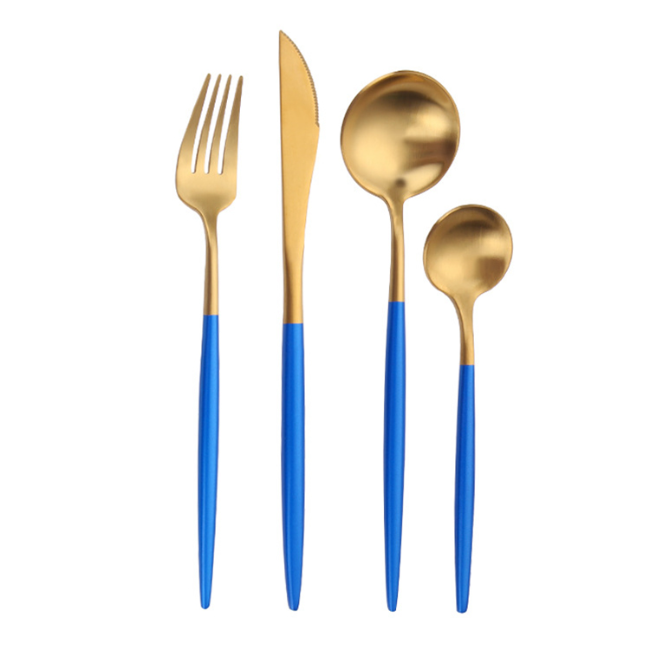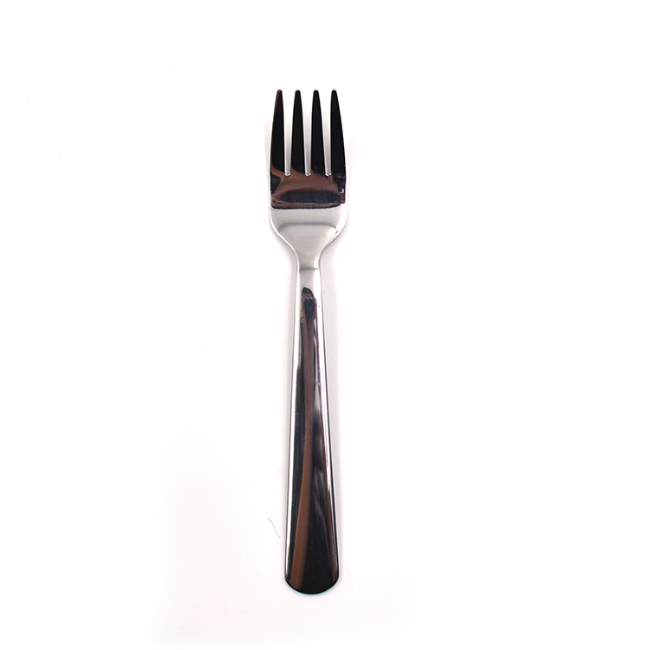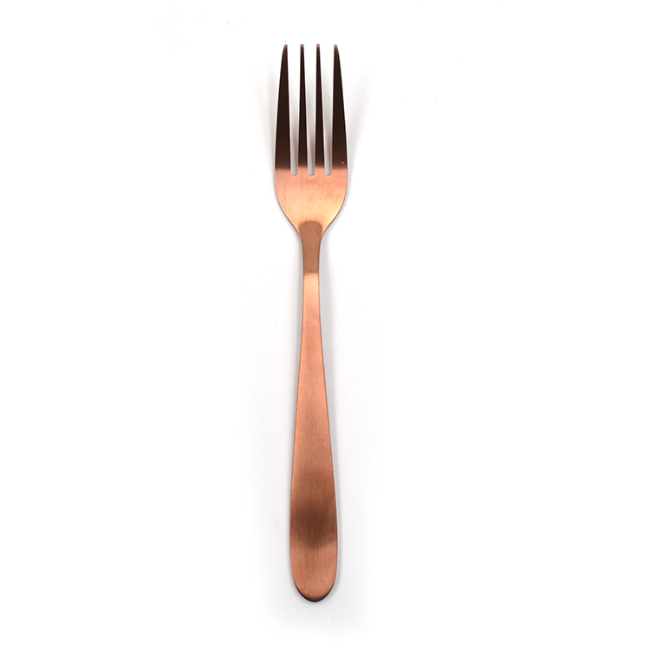
04 May
how to put cutlery after meal
how to put cutlery after mealThe way we ...
how to put cutlery after meal
The way we place cutlery after a meal is not just a matter of etiquette but also a signal of completion, appreciation, or ongoing engagement with a meal. Whether dining at home or attending a formal event, knowing how to position cutlery after eating is both a respectful gesture and a practical habit. Learning these conventions also helps in maintaining the quality and longevity of your utensils, especially if you use high-quality items or reusable sets daily.
In formal dining settings, placing your knife and fork parallel to each other at the center of the plate, typically at the 4 o’clock position, signals that you have finished eating. This simple arrangement communicates to waitstaff that the plate can be cleared. The knife blade should face inward, and the fork should sit next to it. Such etiquette stems from traditional European customs but is widely recognized around the world.
For casual home settings, while strict etiquette may not be enforced, proper placement still helps reduce mess and ensures a smooth cleanup. This is particularly useful when using modern, sustainable items like reuseable cutlery, which need to be handled more delicately than disposable ones. After a meal, placing such items neatly on the side of your plate or directly into a rinse tub can help maintain their finish and avoid accidental disposal or damage.
In many modern kitchens, using a deep cutlery drawer organizer makes post-meal storage more effective. Once the meal is complete and the table cleared, each piece of cutlery can be returned to its specific compartment. This not only speeds up the process but ensures knives, forks, and spoons stay in good condition. Such organizers are especially useful for storing sets from eco-friendly or sustainable lines of cutlery, which may vary in size or material.
For compact kitchens or limited drawer space, narrow cutlery trays for drawers provide a space-saving solution that keeps utensils separated and easy to find. After each meal, promptly rinsing and returning your cutlery to its designated tray avoids build-up of food residue and supports hygiene. This habit also prevents pile-up in the sink and helps streamline your kitchen workflow, particularly in busy households.
Quality of materials plays a vital role in how well cutlery handles frequent use and washing. Manufacturers like Homefelt understand these daily challenges and design their products accordingly. With over three decades of experience in producing stainless steel kitchenware, Homefelt’s cutlery is made to withstand everyday use, multiple washes, and varied storage conditions. Whether you are using standard table utensils or reusable models, their stainless steel construction ensures long-term resilience.
Reusable cutlery is becoming increasingly popular as households aim to reduce their environmental footprint. However, reusable cutlery requires more care in placement and storage after use. Unlike disposables that can be thrown away, reusable utensils need to be handled carefully to prevent premature wear. Rinsing them promptly and organizing them back into a deep cutlery drawer organizer helps extend their life and keeps your kitchen orderly.
For those hosting guests or running a food-related business, teaching proper post-meal cutlery placement can enhance the dining experience. It’s a subtle way to show professionalism and consideration for both the kitchen staff and fellow diners. Training staff to recognize common placement signals, or even labeling drawer organizers, can make cleanup smoother and faster.
In conclusion, putting away your cutlery after a meal goes beyond simple habits. It reflects a level of respect for the dining experience, for the utensils you use, and for those around you. By investing in organized storage systems such as narrow cutlery trays for drawers, choosing long-lasting materials like those from Homefelt, and adopting responsible handling of reuseable cutlery, you create a kitchen environment that values cleanliness, sustainability, and lasting quality.





